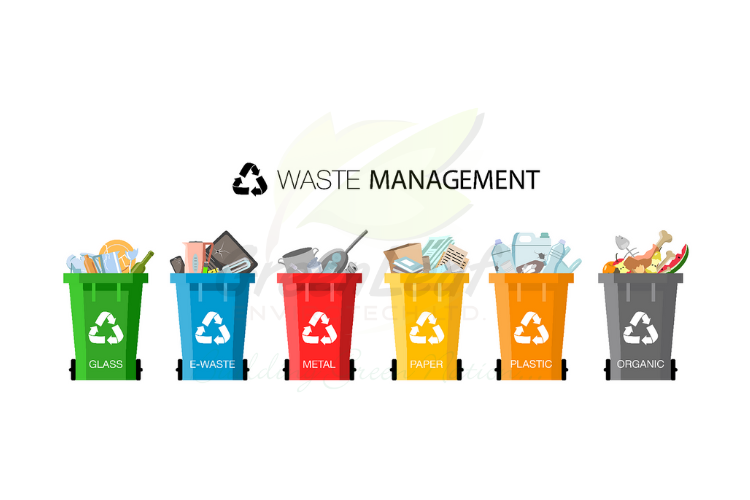
Impact of Rapid Urbanization & Industrialization on Environment
Impact of Rapid Urbanization and Industrialization on Environment in India and its Solutions
In the wake of India’s economic boom, rapid urbanization and industrialization have become prominent drivers of development. However, these processes have also posed significant challenges to the environment, manifesting in various forms such as air and water pollution, deforestation, loss of biodiversity, and increased waste production. The consequences are profound, affecting not just the natural ecosystems but also human health and the economy. This article delves into the impacts of rapid urbanization and industrialization on India’s environment and explores potential solutions to mitigate these effects.
Environmental Impacts
Air Pollution: India is home to some of the world’s most polluted cities, where industrial emissions, vehicular exhaust, and construction dust significantly degrade air quality. This pollution poses severe health risks, including respiratory infections, heart disease, and strokes.
Water Pollution and Scarcity: Industrial waste and sewage discharge into rivers and lakes have led to severe water pollution. Additionally, excessive groundwater extraction to meet the demands of urban centres and industries has resulted in water scarcity in many regions.
Loss of Biodiversity: Urban expansion and industrial activities have led to the destruction of habitats for many species. Deforestation for agriculture or urban development reduces biodiversity and disrupts ecosystems, impacting everything from local climates to human livelihoods dependent on these ecosystems.
Waste Management: The increase in industrial and urban waste, including plastics, has overwhelmed existing waste management systems, leading to improper disposal methods that pollute land and water bodies and affect public health.
Soil Degradation: Industrial and urban pollution has also led to soil contamination. The excessive use of chemical fertilizers and pesticides in agriculture, aiming to support a growing population, has further degraded soil quality, affecting food security.
Solutions
Addressing the environmental impacts of urbanization and industrialization requires a multi-faceted approach that involves government policy, technological innovation, community involvement, and international cooperation.
Strengthening Environmental Regulations: : Greenleaf Envirotech Ltd collaborates with regulatory bodies to ensure that industries adhere to stricter environmental standards. Implementing stricter environmental standards and ensuring their enforcement can significantly reduce pollution. This includes regulations on industrial emissions, waste disposal, and urban planning to protect natural habitats.
Promoting Sustainable Urban Planning: Cities must adopt sustainable urban planning practices that incorporate green spaces, efficient public transportation, and infrastructure that supports walking and cycling. Smart city initiatives can leverage technology to optimize resource use and reduce waste.
Investing in Clean Technologies: Greenleaf Envirotech Ltd invests in and promotes the adoption of clean and renewable energy sources, such as solar and wind energy, to decrease the carbon footprint of industrial activities. Additionally, investing in water treatment facilities and waste recycling can mitigate water pollution and manage waste more effectively.
Community Engagement and Education Greenleaf Envirotech Ltd engages public awareness about environmental issues and encouraging community participation in sustainability initiatives can lead to more responsible behavior towards the environment. Local communities can also play a crucial role in conserving natural habitats and biodiversity.
Promoting Sustainable Agriculture: Implementing sustainable agricultural practices such as organic farming, crop rotation, and integrated pest management can reduce environmental degradation and improve food security.
International Collaboration: Greenleaf Envirotech Ltd actively seeks and participates in international collaborations, drawing on global support for technology transfer and financial assistance. This enables the company to implement cutting-edge sustainable development practices and contribute to India’s efforts in combating climate change and environmental degradation.
Conclusion
The impact of rapid urbanization and industrialization on India’s environment is undeniable. While these processes have driven economic growth, they have also led to significant environmental degradation. Addressing these challenges requires a comprehensive approach that involves regulatory reforms, technological innovation, and the active participation of communities. By adopting sustainable practices, India can pave the way for a future where development and environmental conservation go hand in hand, ensuring a healthy planet for future generations.

